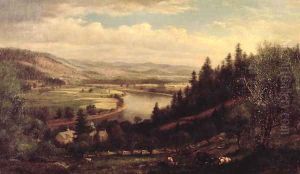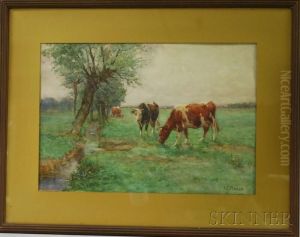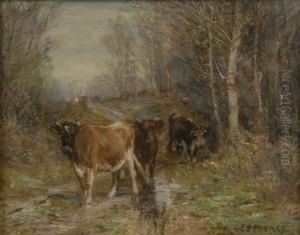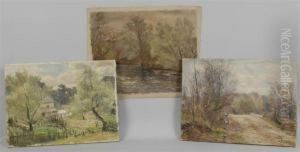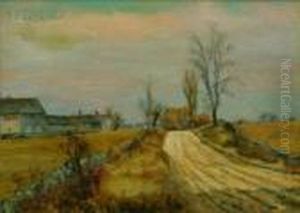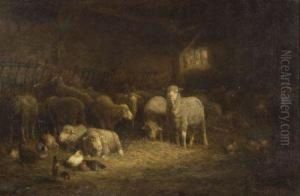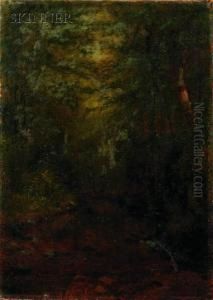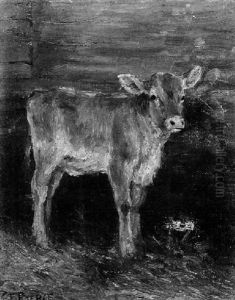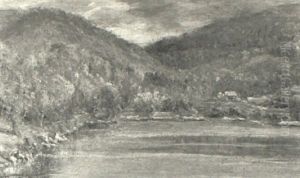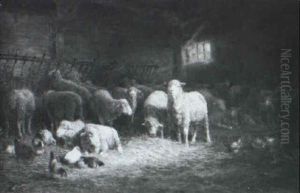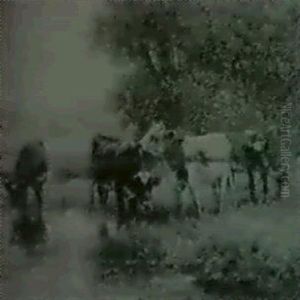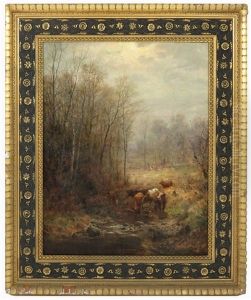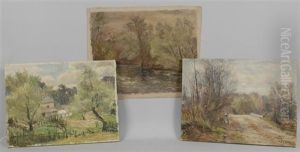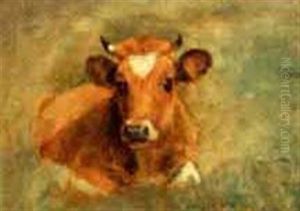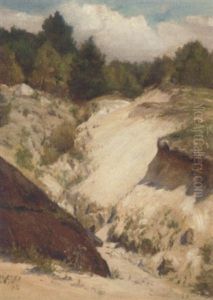Charles Franklin Pierce Paintings
Charles Franklin Pierce was an American artist born in 1844 in West Amesbury, Massachusetts, which is now known as Merrimac. He was primarily known for his landscapes, capturing the serene and untouched aspects of the American countryside, particularly in New England. Pierce's journey into the world of art began at a young age, showing an early talent for drawing and painting. Despite the lack of formal art education in his early years, his passion for capturing the natural beauty around him was evident.
Pierce's dedication to his craft led him to seek formal training later in life. He studied in Boston and then traveled to Europe, where he was influenced by the Barbizon school, a movement that emphasized the beauty of the rural landscape and everyday life. This experience enriched his palette and deepened his appreciation for the interplay of light and shadow, which became a hallmark of his work.
Upon returning to the United States, Pierce established himself in Boston and became an active member of the local art scene. Throughout his career, he traveled extensively across New England, drawing inspiration from its varied landscapes. His works often featured the tranquil scenes of the White Mountains, the rugged coastlines of Maine, and the pastoral settings of rural Massachusetts and New Hampshire.
Pierce's art was well-received during his lifetime, and he was a respected member of several art associations, including the Boston Art Club. His paintings were exhibited widely, both in group shows and in solo exhibitions, and they found a place in the collections of art lovers and patrons across the country.
Despite his success, Pierce remained a modest and dedicated artist, always striving to perfect his depiction of the natural world. His legacy lives on through his contributions to American landscape painting, offering a glimpse into the untouched beauty of New England's countryside in the late 19th and early 20th centuries. Charles Franklin Pierce passed away in 1920, leaving behind a body of work that continues to be admired for its quiet beauty and technical mastery.

